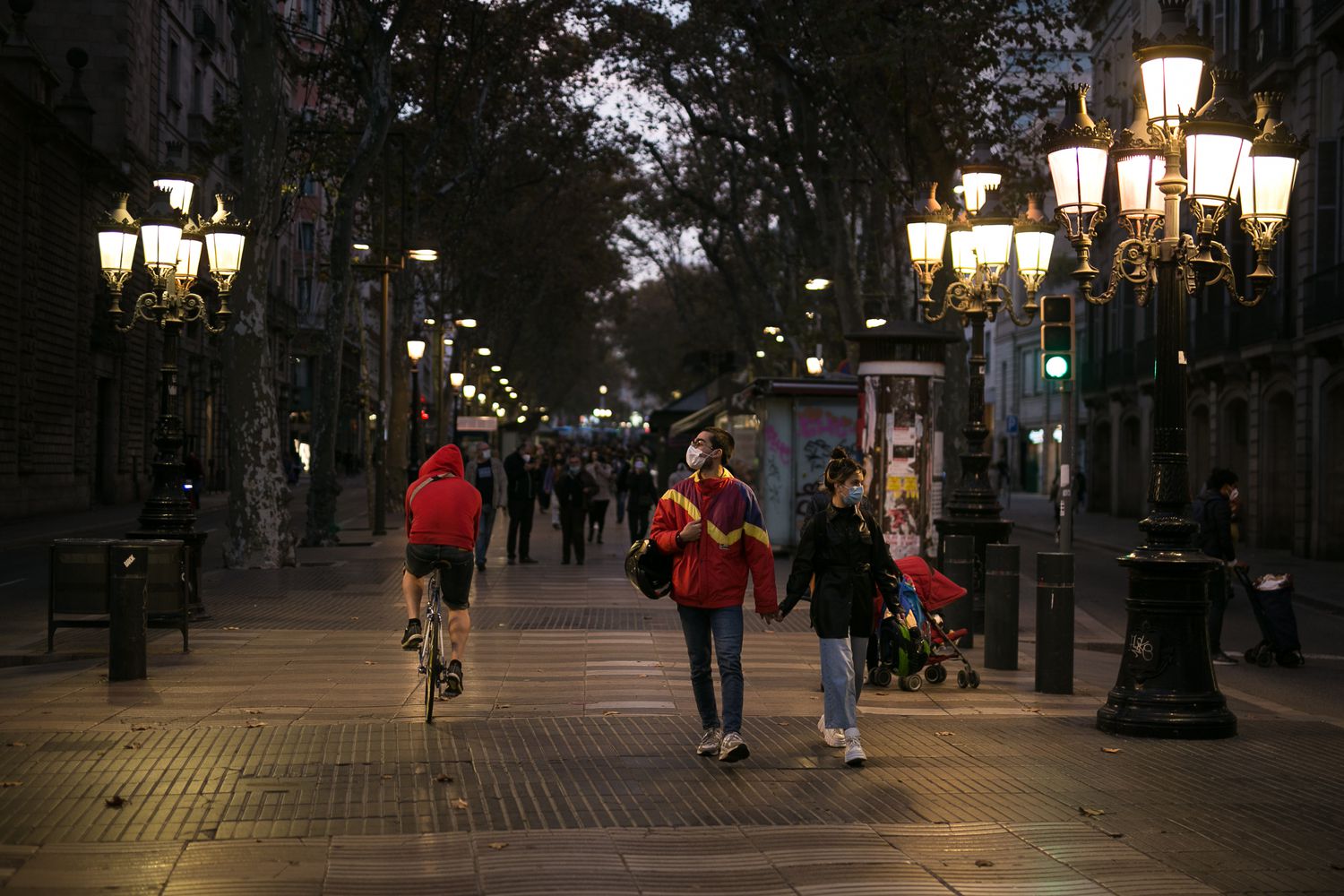Day by day, the incidence of the virus is losing strength in Spain. It does so slowly, but it is a steady decline since November 9, when the second wave high was reached.
At that time, Spain registered 529 cases per 100,000 inhabitants in two weeks. In the report of the Ministry of Health this Friday, the index falls to 307 diagnoses. You have to go back to October 19, more than a month ago, to find a similar incidence at the national level.
Along the same lines as in recent days, the cumulative incidence falls in almost all the communities. In some autonomies, such as Castilla y León, the drop is very strong: on Monday it was 676.17 and this Friday, 501.26. It is the only region in which this index remains above 500.
The second community with the highest incidence of the virus is Asturias (494.62), followed by Euskadi (479.4), which have also substantially improved their epidemiological situation during the week.
This Friday it also decreased very slightly in the Canary Islands (77.46), the region with the lowest incidence of the virus and which has been on a plateau for weeks, with little change. It only increased in the Balearic Islands (203.23), very moderately.
Although the incidence of the coronavirus evolves with a positive trend, Spain continues at “very high” levels, as indicated this Thursday by the director of the Center for the Coordination of Health Alerts and Emergencies (CCAES), Fernando Simón.
The goal is to drop below 25, a very distant goal considering the pace at which the pandemic is remitting.
This Friday’s Health report collects 10,853 new infections, confirming the downward progression of this indicator: this week it has always been below 12,500 (except on Monday, when the data from Friday, Saturday and Sunday are added), while which two weeks ago was around 20,000.
The reported deaths are still very high, but they are moderately lower compared to previous days. With 294 deaths registered this Friday, the figure drops from 300 for the first time since Thursday of last week.
This Tuesday the record of deaths of the second wave was reached, with 537. Since then, the figure has been falling little by little. The hardest hit communities are Andalusia and Catalonia, with 61 deaths each this Friday.
The total of deaths since the pandemic began climbs to 44,668, although this number excludes thousands of deaths from the first wave whose diagnosis of covid-19 was not confirmed with a test.
The rest of the main indicators to measure the evolution of the pandemic also continue on a positive path.
The occupancy of ICUs with covid-19 patients falls (from 31.02% last Friday to 28.44%), beds occupied by coronavirus patients in hospitals (from 14.52% to 11.95%) and the positivity of the tests, that is, how many tests give a positive diagnosis out of the total (from 11.85% to 10.45%).
Although they are getting better, the data from the ICUs is still particularly worrying: the Ministry of Health considers “extreme risk” that these units are occupied with coronavirus patients at 25%.
Andalusia, Aragon, Asturias, Castilla-La Mancha, Castilla y León, Catalonia, Valencian Community, Extremadura, Community of Madrid, Melilla, Navarra, the Basque Country and La Rioja have their intensive care units above this healthcare pressure.




![Tyson Foods Plant [Photo: Food Manufacturing]](https://southarkansassun.com/wp-content/uploads/2023/08/iStock_1185520857__1_.5e441daa51cca-600x337.jpg)







![Silverado Senior Living Management Inc. [Photo: Los Angeles Times]](https://southarkansassun.com/wp-content/uploads/2023/10/download-6-4-600x337.jpg)

![China's Wuhan Institute of Virology [Photo: Nature]](https://southarkansassun.com/wp-content/uploads/2023/09/d41586-021-01529-3_19239608-600x337.jpg)
















